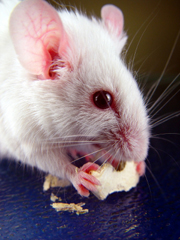Do you remember what it was that first inspired in you your life’s passion for science? Was it collecting bugs, frogs or other creatures as a child? Or maybe that first chemistry set—the one that had your mother hovering behind you with a fire extinguisher. Perhaps it was a parent or teacher that first sparked something in you that never dimmed. Whatever, or whoever, it was that first kindled your interest in science, no doubt there have been times when you wished that someone would offer you some advice on how to navigate through the modern, rapidly changing world of science.

On this past Saturday, I took a trip to my local library on a quest to get just exactly that. To be specific, I was going to check out a copy of Edward O. Wilson’s Letters to a Young Scientist (1). Although I haven’t had time to read more that the first chapter, the advice that he offers at the end of that chapter struck me as good advice to any young (or not so young) person:
It is quite simple: put passion ahead of training. Feel out in any way you can what you most want to do in science, or technology, or some other science-related profession. Obey that passion as long as it lasts.
Wilson is speaking specifically to young scientists, but it seems to me that this main point is more universal than that: It applies to the not-so-young scientist and the nonscientist as well.
I am really looking forward to reading the rest of the book, but for today I am challenging myself as well as all of you to “obey the passion”. Even if you can only do it for one day, put aside the demands of career or school, find that passion that started you on your journey in science and follow it!
Reference
- Wilson, E.O. (2013) Letters to a Young Scientist. Liveright Publishing, New York.
 “Why? Why? Why?” Anyone who has been around small children has experienced the monotonous, often aggravating, seemingly endless barrage of the “W” word. Why does soap make bubbles? Why do feathers float and acorns fall to the ground? Why are baths important? Why are those flowers purple? Why can’t I be purple? Why do tigers have stripes and leopards have spots and lions don’t have anything (majestic manes not withstanding)? Why can rocks bounce (skip) off water? Why didn’t my rock bounce? Why does the plant in the window bend toward the light? Why are my eyes blue and my brother’s eyes brown?
“Why? Why? Why?” Anyone who has been around small children has experienced the monotonous, often aggravating, seemingly endless barrage of the “W” word. Why does soap make bubbles? Why do feathers float and acorns fall to the ground? Why are baths important? Why are those flowers purple? Why can’t I be purple? Why do tigers have stripes and leopards have spots and lions don’t have anything (majestic manes not withstanding)? Why can rocks bounce (skip) off water? Why didn’t my rock bounce? Why does the plant in the window bend toward the light? Why are my eyes blue and my brother’s eyes brown?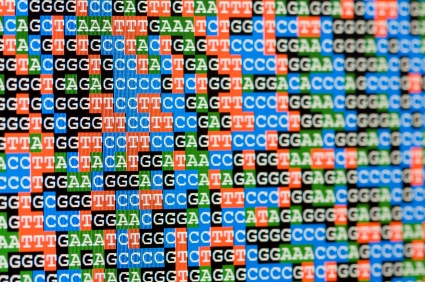 While the forensic and general communities continue to argue about the merits of the recent Supreme Court ruling on collection of samples from arrestees prior to conviction, I am fascinated by the technology that make this question relevant. The conventional way of generating a DNA profile from a sample by STR (short tandem repeat) analysis is a long process involving a series of steps that require sophisticated expensive equipment, trained personnel and, more importantly, time. The actual process of DNA analysis consists of a) sample collection, b) DNA extraction, c) PCR amplification using 16 or more unique fluorescently labeled primer sets d) capillary electrophoresis to size labeled DNA amplicons, e) software analysis to size DNA fragments and allele calls based on migration of allelic ladder fragments, and f) comparison to known profiles in the database. This entire workflow can typically take days or even weeks, and therefore it is not surprising that we see newspaper reports of backlogs of criminal and other property cases. With these time ranges, the sample collected at a site would be of no practical use to most ongoing investigations.
While the forensic and general communities continue to argue about the merits of the recent Supreme Court ruling on collection of samples from arrestees prior to conviction, I am fascinated by the technology that make this question relevant. The conventional way of generating a DNA profile from a sample by STR (short tandem repeat) analysis is a long process involving a series of steps that require sophisticated expensive equipment, trained personnel and, more importantly, time. The actual process of DNA analysis consists of a) sample collection, b) DNA extraction, c) PCR amplification using 16 or more unique fluorescently labeled primer sets d) capillary electrophoresis to size labeled DNA amplicons, e) software analysis to size DNA fragments and allele calls based on migration of allelic ladder fragments, and f) comparison to known profiles in the database. This entire workflow can typically take days or even weeks, and therefore it is not surprising that we see newspaper reports of backlogs of criminal and other property cases. With these time ranges, the sample collected at a site would be of no practical use to most ongoing investigations. 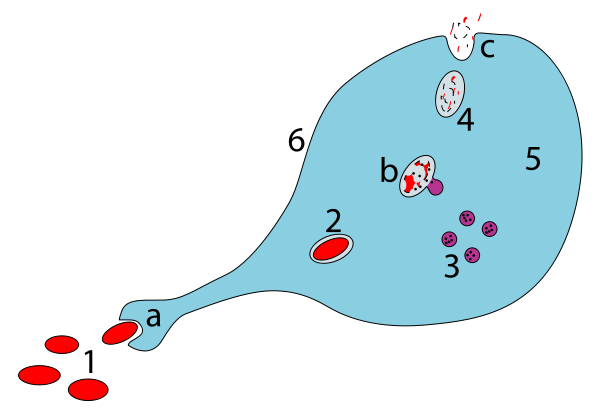
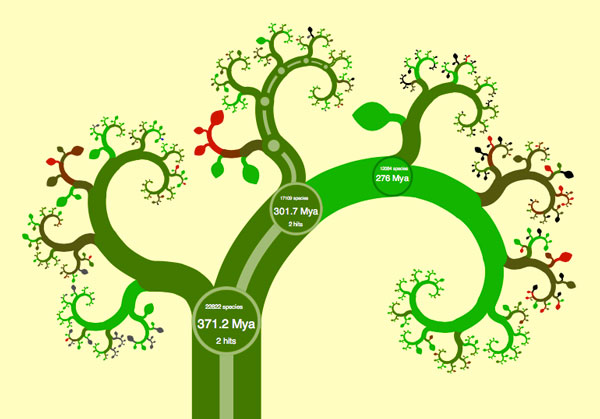
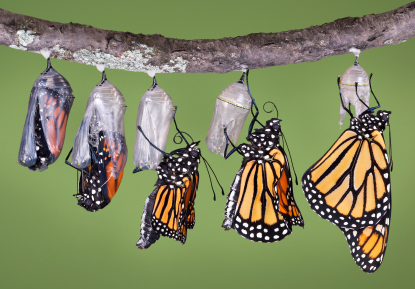
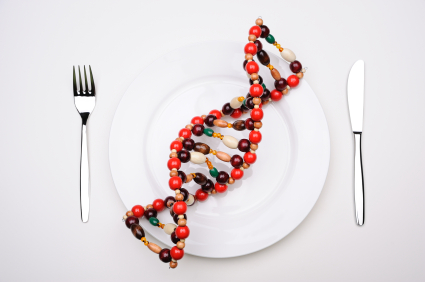
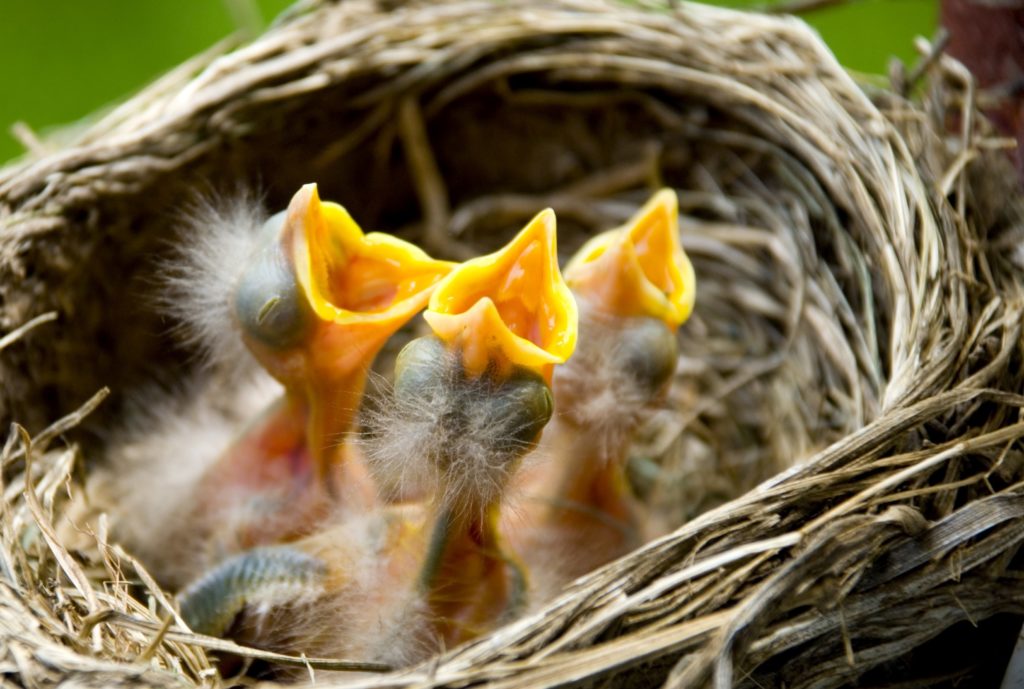
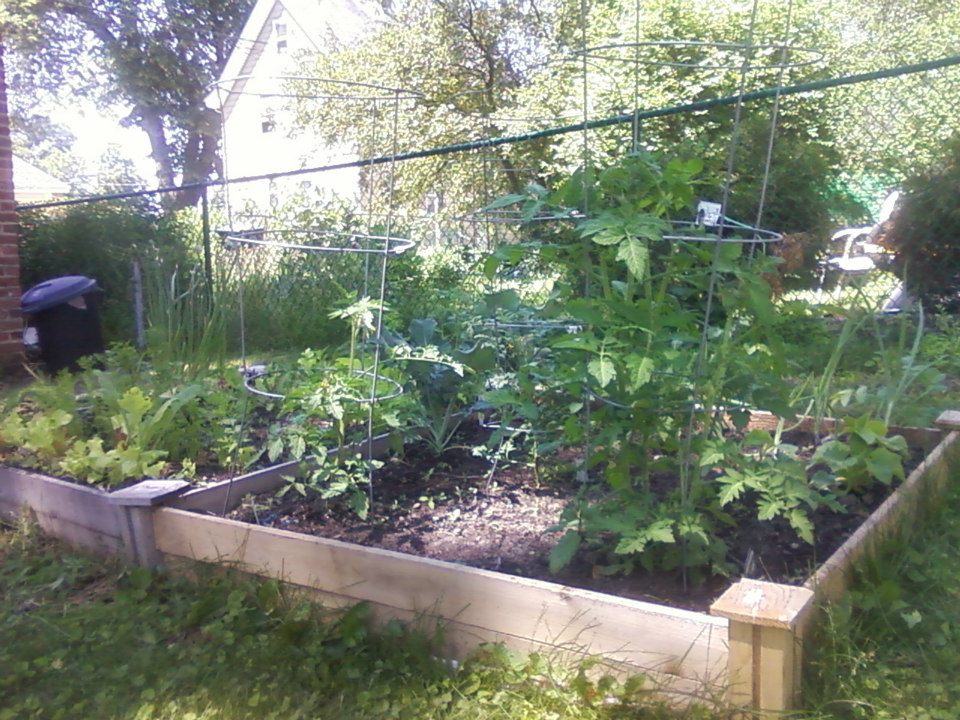 You may have read several posts on this blog relating to the non-spring-like weather we have been experiencing here in the Midwest. Well, it’s still cold, but the weather has to break sooner or later and that concept has me so excited to get my garden going! Have you ever considered gardening? Are you new to gardening? You may have considered it and gotten overwhelmed by the details- What class should I take? What books should I read? What do I do?
You may have read several posts on this blog relating to the non-spring-like weather we have been experiencing here in the Midwest. Well, it’s still cold, but the weather has to break sooner or later and that concept has me so excited to get my garden going! Have you ever considered gardening? Are you new to gardening? You may have considered it and gotten overwhelmed by the details- What class should I take? What books should I read? What do I do?